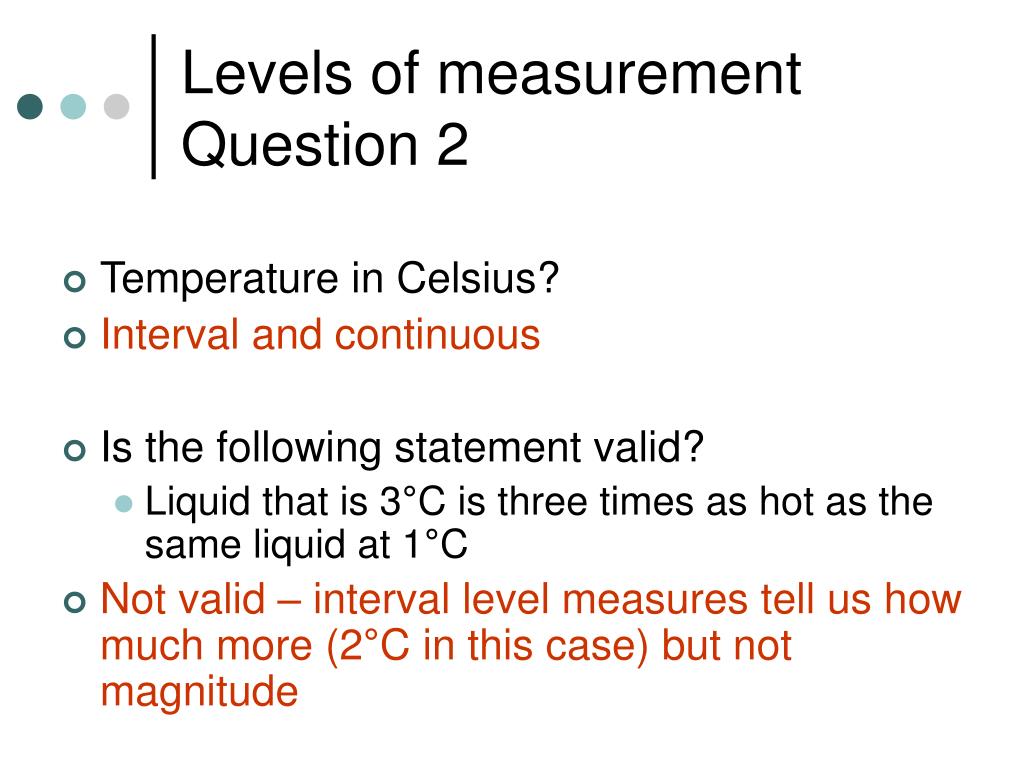

Indeed, the block effect produces a more or less relevant increase/decrease in the observed response, with respect to the overall mean for example, in a field experiment with two blocks, the most fertile one might might produce a yield increase of 1 t/ha, while the other one will produce a corresponding yield decrease of the same amount. On the contrary, with the most common experiments laid down as Randomised Complete Blocks (RCBDs) or, less commonly, as Latin Square (LSD), apart from the treatment factor, we also have, respectively, one and two blocking factors, which represent additional sources of systematic variability. With those models, apart from differences due to the experimental treatments, all units must be completely independent and there should not be any other systematic sources of variability. In Chapter 7 we showed how we can fit linear models with one categorical predictor and one response variable (one-way ANOVA models).
:max_bytes(150000):strip_icc()/statistics-58efeb255f9b582c4d6559a3.jpg)
ONLINE STATBOOK LEVELS OF MEASUREMENT WINDOWS
Select the data you want to copy and either use Control+c on Windows or Command+c on macOS or alternative right-click and use the 'copy' item from the menu.
ONLINE STATBOOK LEVELS OF MEASUREMENT DOWNLOAD
xlsx), click the Download Data link above the Sample Editor. To download the Sample Editor to a file (.csv or.

Auto-saved data is only available within the same browser and only if your browser has permission to store data locally. If the Sample Editor contains 10,000 rows of data or fewer, it will auto-save the data in your browser. If you close your browser window, or refresh the page, you will clear the Editor and need to re-upload your data set. Note: these data are only uploaded to your browser, not to. You can upload data from text or csv files that are tab, comma, or space delimited data. The Sample Editor contents will be replaced by your chosen set. Use the Data Sets menu to select your data. To paste data, you must use Control+v on Windows or Command+v on macOS. Ensure you copy data from a compatible spreadsheet like Excel or Google Sheets.


 0 kommentar(er)
0 kommentar(er)
